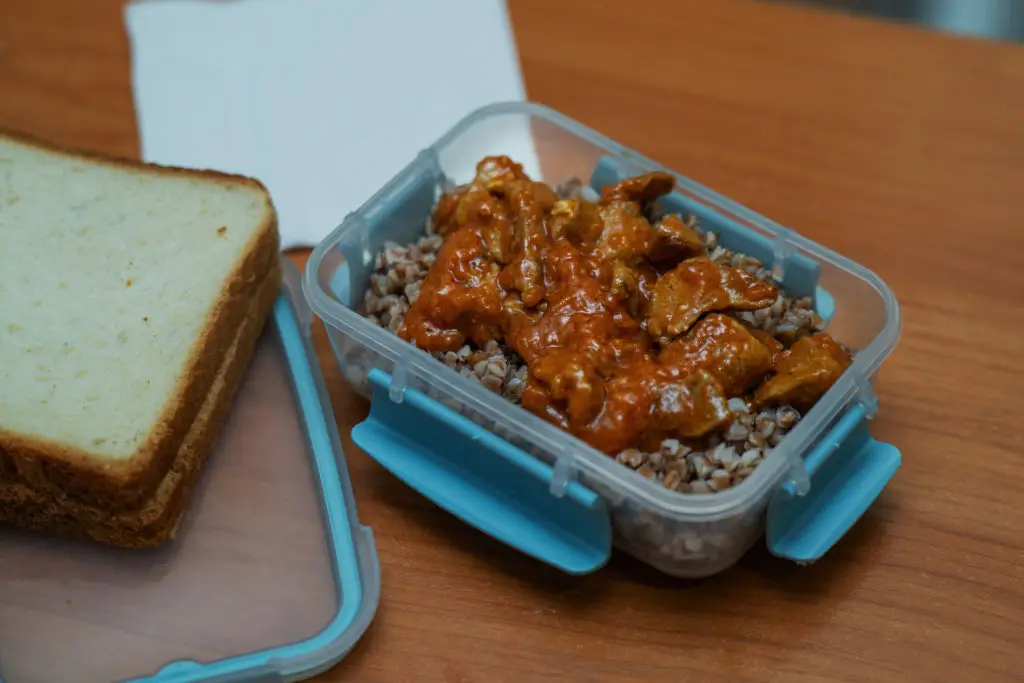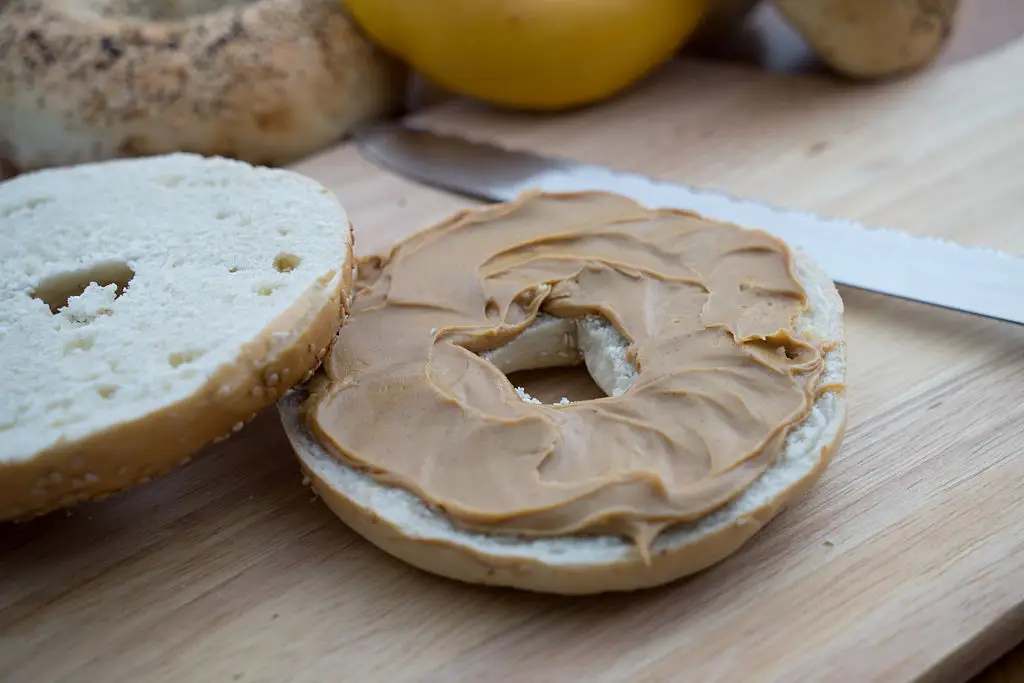11 Simple Carb-Timing Tricks to Maximize Muscle Gain
Carb timing muscle gain is a practical strategy that helps you fuel workouts, refill energy stores, and support recovery. It doesn’t replace total calories or protein, which are the main drivers of muscle growth, but timing carbs can sharpen results. This article gives 11 simple, science-informed tricks you can use around training days. Each tip explains when to eat, what kinds of carbs work best, and realistic portion ideas you can try. Where useful, I note grams-per-kilogram guidance and recovery windows, with citations so you can follow the science. A quick Top 6 Quick Take box follows for busy readers who want fast fixes without skipping the fuller plan. Before you try anything new, remember to think about your health conditions and personal tolerance—talk with a registered dietitian if you have concerns. Read on for practical windows, food swaps, and simple plans that fit busy lives and changing energy needs. These approaches are friendly for midlife lifters and beginners—small tweaks over time add up to better performance and recovery. I’ll keep the language simple and offer swap options whether you prefer whole foods or quick, portable choices. Together we’ll cover pre-workout timing, immediate post-workout recovery, daily distribution, carb cycling, and longer-term strategies that support steady muscle gain. If you train multiple times per day or have specific goals, the tips include ways to adapt them without creating extra stress. Let’s get started and make carb timing work for your strength plan—one manageable change at a time. Small steps truly matter.
1. 1–4 Hours Before Training: Fill Your Tank with Complex Carbs

Aim to eat a larger, carb-focused meal about two to four hours before lifting. This window lets your body top off muscle glycogen without digestive discomfort. Pick complex carbs that release energy steadily over several hours. Good choices include oatmeal, brown rice, sweet potato, or a whole-grain bagel with a modest protein source. Portions vary by size and intensity; some sources suggest about 1 to 4 g/kg pre-exercise (Sports Medicine review) for glycogen topping protocols. That range is broad because short sessions need less fuel while long or intense workouts require more. If you have two hours before training, choose a moderate portion and avoid high-fat sauces or heavy fiber to reduce stomach trouble. For example, a 75 kg lifter might start with a 75 to 225 gram carbohydrate meal in this window, then adjust as needed (Everyday Health). Try this meal on an easy training day first to monitor how your stomach tolerates the volume and carbohydrate mix before heavier sessions. Older adults may prefer slightly smaller portions and lower fiber to avoid discomfort during training. Overall, think of this meal as predictable and steady fuel that supports effort and recovery over the full session.
2. 30–60 Minutes Before: Fast Carbs for Immediate Fuel

If you can’t plan a large meal several hours ahead, a smaller, fast-carb snack 30 to 60 minutes before training can help. Choose low-fiber, easy-to-digest options such as a banana, rice cake, white toast, or a small sports beverage. Keep portions modest so you get quick glucose without feeling heavy during lifts. A typical small snack provides about 20 to 40 grams of carbohydrate for many people, but adjust based on your prior meal and tolerance. Pairing a tiny amount of protein is optional if it won’t upset your stomach, yet carbs alone are the faster route to immediate fuel. Avoid fatty or very high-fiber foods in this window since they slow digestion and may cause discomfort while you train. If you’re experimenting, try different snacks on lighter days and note how performance and digestion feel. For older lifters or those with sensitive digestion, prefer plain, familiar foods and test them before intense sessions. Remember that this pre-workout snack doesn’t replace daily carb needs—it’s a targeted fuel boost for the coming workout.
3. Within 30–60 Minutes After Training: Carbs + Protein for Recovery

The first hour after training is a helpful window to rebuild muscle glycogen and support muscle protein synthesis. Aim to pair carbohydrates with a reliable protein source soon after finishing a session. Many athletes use a rough carb-to-protein ratio of about 2:1 or 3:1 in this immediate period—practical choices include chocolate milk, a whey-protein smoothie with fruit, or rice with lean meat (sports nutrition reviews). These combinations deliver fast glucose to muscle and the amino acids needed for repair. Exact gram targets depend on body size and session demands; if you completed a long or highly glycogen-depleting workout, a larger carbohydrate amount is reasonable (Sports Medicine review). For most typical strength sessions, 20–40 grams of carbs with 20–30 grams of protein is a practical starting point that many people tolerate well. Keep fluids and electrolytes in mind if you sweated heavily during training. If you prefer whole-food options, try grilled chicken with white rice or a turkey sandwich on white bread for fast absorption. When peer-reviewed specifics are limited for a given population, treat ratios as starting points and adjust with a coach or registered dietitian for personalized guidance.
4. Use Higher-Carb Days Around Your Hardest Sessions (Carb Cycling)

Carb cycling means planning higher-carbohydrate days around your most demanding training sessions and lower-carb days on easier recovery days. This approach supports intense workouts by supplying more glycogen when you need it and keeps calories balanced during lighter days. Practically, schedule your highest carb intake on heavy lifting, high-volume, or long training days. Some practitioners suggest shifting 10–20% of weekly carbs into those high-demand days, but exact numbers depend on goals and total calorie needs (1st Optimal; BoxRox — practitioner guidance). Carb cycling is flexible: it can be daily (higher carbs on training days) or weekly (two or three high days per week during intense phases). Avoid extreme swings that create energy crashes or make food planning stressful; the goal is to support performance, not to chase dramatic short-term changes. For people focused on muscle gain, use higher-carb days to push intensity and volume in training sessions that build mass. If you’re new to this pattern, test a conservative version for a few weeks and monitor energy, recovery, and weight trends before widening the gap between high and low days.
5. Choose Carb Types Strategically: Complex vs. Simple Carbs

Different carbs fit different timing needs; match the type to how soon you’ll train and how your stomach handles food. Complex carbs—oats, brown rice, sweet potatoes, and whole grains—release glucose gradually and suit the 1–4 hour pre-workout meal. Simple carbs—white bread, fruit, sports drinks, or rice cakes—digest quickly and work well within an hour of training when you need immediate energy. Fiber slows digestion, so choose lower-fiber options near workouts to reduce the chance of bloating. For morning workouts when you have limited time, a small simple-carb snack can be a lifesaver. The National Academy of Sports Medicine and medically reviewed outlets highlight simple carbs for quick fuel and complex carbs for sustained energy (Everyday Health; NASM). Also consider personal preference; if a whole-food choice upsets your stomach, a liquid option like a smoothie or sports drink often absorbs faster and can be gentler. Keep a short list of tried-and-true foods so you don’t experiment with unfamiliar items on heavy training days.
6. Spread Daily Carb Intake Around Training, Not Just in One Meal

Distributing carbs across the day helps sustain glycogen levels for training and recovery, especially if you train multiple times or do long sessions. Instead of loading all your carbs at lunch, plan carb-containing meals or snacks before and after training plus a moderate amount across other meals. Small top-up snacks between sessions—like a yogurt and fruit or a rice cake with jam—are useful tools for keeping energy steady. For morning lifters, this might mean a pre-workout snack, a recovery meal, and moderate carbs later in the day. Evening lifters can benefit from a carb-forward dinner paired with protein for overnight recovery. Research and expert commentary suggest that matching carb intake to daily training demands supports performance without excess calorie packing (Sheffield Hallam University commentary). For practical simplicity, think in servings: a carb at breakfast, a carb-based pre-workout snack if needed, a recovery carb, and a carb with dinner—then tweak portions based on goals. Spreading carbs also reduces digestive load at any single meal, which can help older adults or people with sensitive digestion maintain training intensity comfortably.
7. Targeted Nighttime Carbs for Recovery and Sleep-Friendly Fueling

When your toughest training falls in the evening, a deliberate post-workout meal with carbs and protein can aid recovery and support sleep. Choose a balanced dinner that pairs a moderate portion of slower-digesting carbohydrate with lean protein—think rice or sweet potato with grilled fish or chicken. Some evidence and expert observations suggest that an evening carb meal may help glycogen repletion overnight and support repair, especially after late sessions (selected university commentary; practical guidance). Keep the meal moderate in fat and fiber to allow comfortable digestion before bed. If sleep is a concern, favor whole-food choices and avoid heavy, spicy, or large-volume meals close to bedtime. A small bedtime snack with carbs and protein—such as cottage cheese with a bit of jam or a casein-protein option with fruit—can be useful for those who wake hungry or train hard at night. As always, tune portions to your needs and consult a registered dietitian for personalized timing if you have sleep or metabolic health issues.
8. Carb Portions by Size: Practical Grams or Portion Examples

Translating grams per kilogram into household portions makes carb timing practical and less intimidating. While sports-nutrition sources sometimes recommend 1 to 4 g/kg for pre-exercise topping, a simple way to start is to use portion equivalents tuned to body size. For example, a smaller adult might aim for one to two fist-sized portions of starchy carbs for a pre-workout meal, while a larger adult might choose two to three portions. After tough or long sessions, a single recovery serving could be one to two cups of cooked rice or pasta paired with protein. If you prefer grams, tracking for a few days using an app can help you learn how portions translate to numbers—then you can relax and eyeball portions afterward. Be cautious with packaged "serving" labels; they sometimes understate practical portions people eat. When in doubt, start conservative and increase portions if performance or recovery feels insufficient. For precise athletic needs or body-composition goals, work with a sports dietitian who can tailor grams/kg targets to your training load and health profile (Sports Medicine review).
9. Beware GI Issues: How to Time Carbs to Avoid Upset

Gastrointestinal upset can derail a training session, so timing and food choice matter for comfort as well as performance. Common triggers include high fiber, excessive fat, unfamiliar foods, or too-large portions too close to training. To avoid trouble, use low-fiber, low-fat options in the 30 to 60 minute pre-workout window—bananas, white toast, and rice cakes are gentle examples. If you plan a larger meal 2–4 hours before exercise, keep the plate balanced and test it on lighter training days first to learn what works. Some people tolerate small amounts of dairy or protein pre-workout; others find those cause bloating and should avoid them. Hydration and sodium balance also affect GI comfort, so don’t overlook fluids when you eat close to training. If you regularly struggle with GI symptoms, keep a short food-and-symptom log and consult a registered dietitian or sports medicine clinician for tailored troubleshooting rather than broad fixes. Trial-and-error on training days is safer than experimenting on competition or heavy session days.
10. Practical Shortcuts: Ready-to-Use Carb Options for Busy Days

Busy schedules call for reliable, portable carb sources you can stash in a bag or car. Sports gels, energy chews, rice cakes, bagels, bananas, and ready-made smoothies are practical choices that fit different timing needs. For quick pre-workout fuel, a gel or small sports drink can be convenient within 30 minutes of training; for post-workout recovery, a sandwich or protein shake with fruit works well. When selecting packaged products, read labels to match portion size and carbohydrate content to your needs and watch for overly sweet options you dislike. Keep a few go-to combos on hand, such as a plain bagel with a small amount of nut butter and a piece of fruit, or a ready protein shake plus a rice cake. These shortcuts save decision-making time while still delivering the glucose and amino acids your muscles need. Note that sports products are designed for specific use cases; they’re useful tools but not required for everyday training—whole-food options remain perfectly suitable most of the time (practitioner guidance).
11. Long-Term Strategy: Combine Carb Timing with Protein and Progressive Overload

Carb timing supports training quality and recovery, but lasting muscle gain depends primarily on total calories, adequate protein, consistent progressive overload, and recovery. Think of carb timing as a tool to help you train harder, recover faster, and stick with the program. Prioritize a reliable daily protein intake spread across meals, get progressive resistance in your workouts, and use carb timing to complement those foundations. Over weeks and months, small adjustments—like a targeted post-workout snack or a higher-carb training day—can unlock extra effort and support steady progress. Monitor training performance, recovery, and body-composition trends rather than chasing single-session wins. If you aim to gain muscle while minimizing fat, modest calorie surpluses timed around training days often work better than large, unstructured increases. Finally, consult a registered dietitian or qualified coach for personalized plans when you have specific goals, health conditions, or competition timelines. Use carb timing kindly: it should reduce stress and add clarity, not become another rigid rule that makes training less enjoyable.
Wrap-Up: Make Carb Timing a Practical Part of Your Strength Plan

Carb timing for muscle gain is a practical, science-aligned tool that helps you get more from your training without creating extra complexity. Start with small experiments: try a two-to-four hour pre-workout meal on one training day, and test a small 30–60 minute snack before another session. Use a straightforward post-workout carb-plus-protein habit to support recovery, and schedule higher-carb days for your toughest workouts so you can lift heavier and recover better. Remember that the big drivers of muscle growth remain consistent calories, sufficient daily protein, quality sleep, and progressive resistance training. Think of carb timing as the supporting act that helps those main drivers perform at their best. If you have medical conditions like diabetes, digestive disorders, or special dietary needs, consult a registered dietitian or your physician before making major changes. Keep choices simple and sustainable—pick foods you enjoy that fit your routine and energy needs. Over time, small, consistent tweaks to timing and portions will add up to better training sessions and gentler recovery. Be kind to yourself during this process and celebrate steady improvements rather than perfection; that approach keeps fueling your fitness for the long run.
